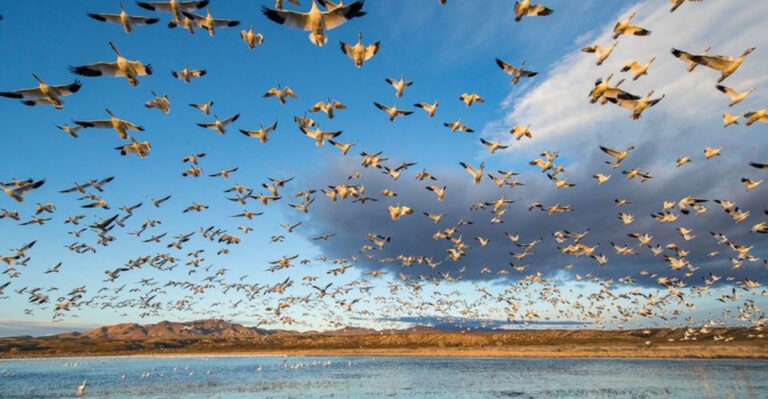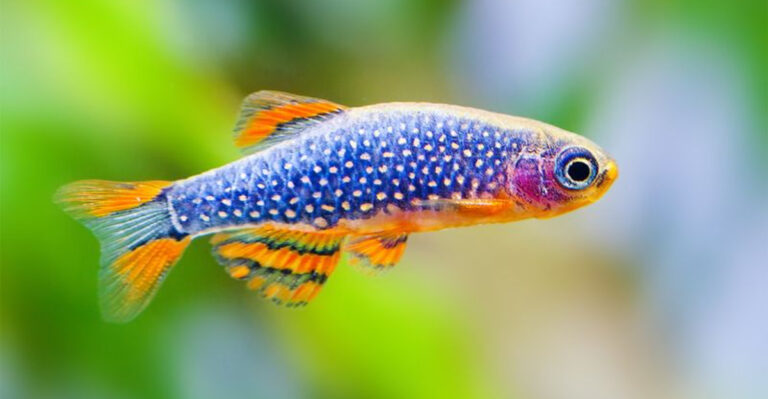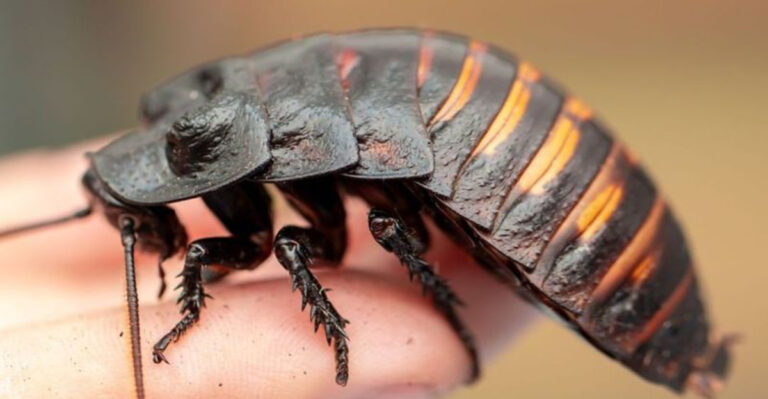Hummingbird Return To Texas And Must-Know Facts
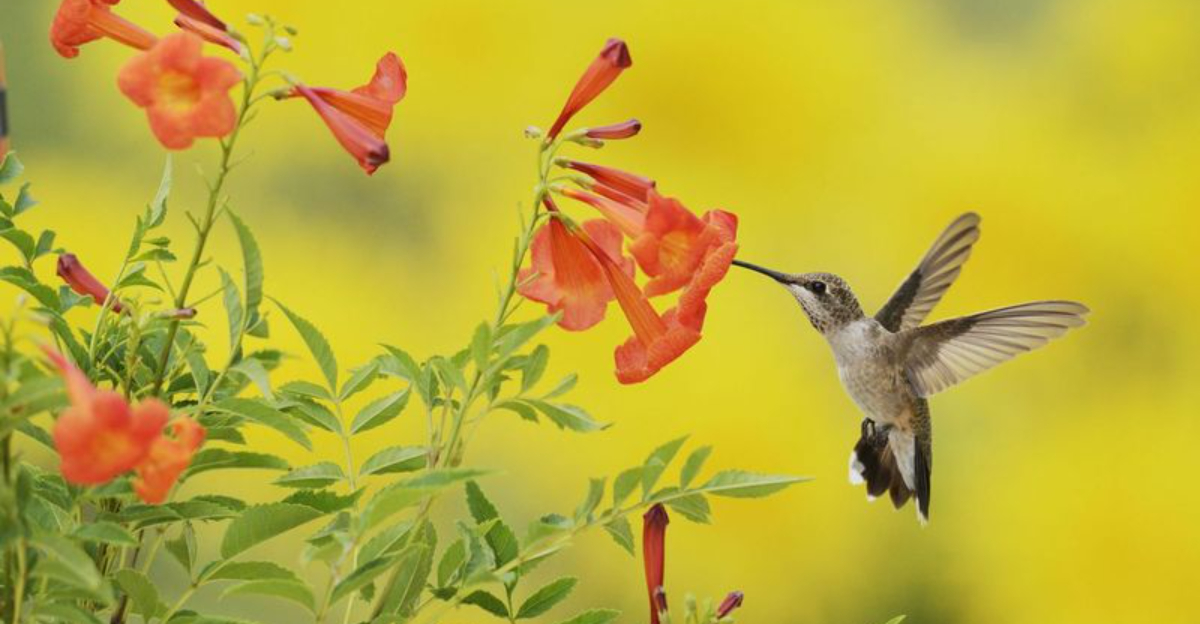
Get ready to welcome the zippy wonders of the avian world back to Texas! Hummingbirds are set to make their colorful return, bringing joy to nature lovers across the state. These tiny treasures are more than just pretty faces – they play vital roles in ecosystems and have a fascinating journey worth exploring. From migration marvels to quirky habits, let’s uncover fourteen captivating facts about these feathered gems.
1. The Migration Journey Of Hummingbirds To Texas
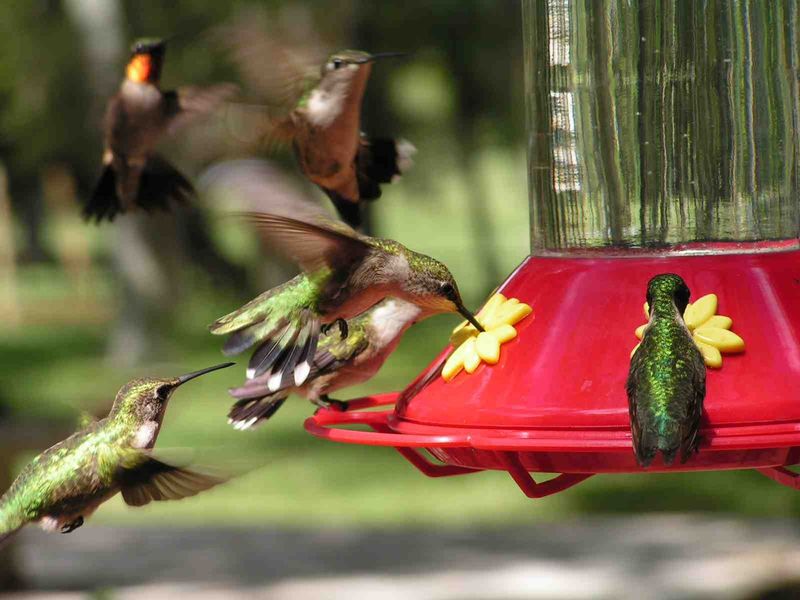
Every year, hummingbirds embark on a daring journey across the Americas. These tiny adventurers fly thousands of miles, often crossing the Gulf of Mexico in a single flight.
It’s a breathtaking spectacle of endurance and navigation, as they utilize their keen sense of direction to reach Texas. The determination of these little birds is nothing short of awe-inspiring. Keep your binoculars ready!
2. When To Expect Hummingbirds Back In Texas
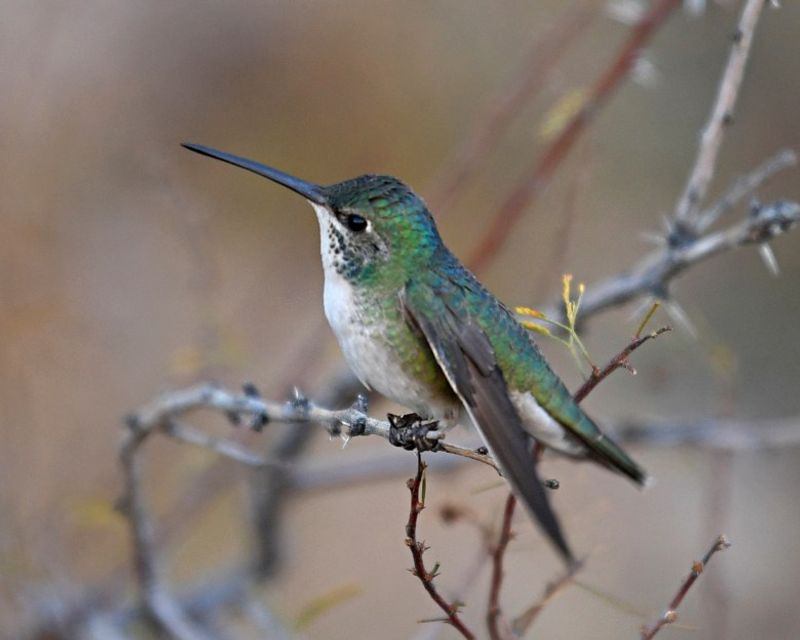
Mark your calendars for spring! That’s when the first wave of hummingbirds typically returns to Texas. As the season unfolds, these dazzling visitors flit among blossoms and feeders.
Their arrival signals the start of a vibrant time, filling gardens with their iridescent hues and bringing joy to birdwatchers and nature enthusiasts.
3. How To Attract Hummingbirds To Your Yard

Want to invite these aerial acrobats to your garden? Plant native flowers like trumpet vine and salvia.
Add a mix of bright red and orange feeders filled with sugar water. Create a hummingbird haven by offering shelter and water sources.
These elements provide the perfect environment for hummingbirds to thrive, ensuring your yard becomes a buzzing paradise!
4. What Makes Texas A Prime Spot For Hummingbirds?
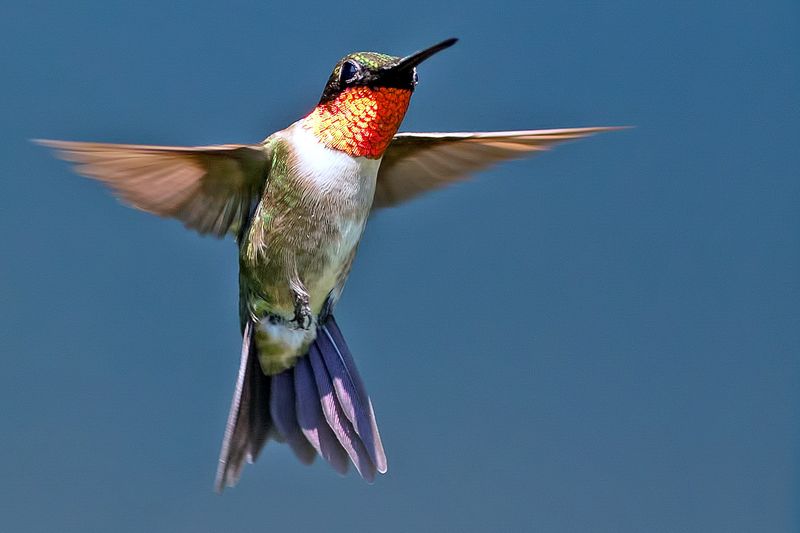
Texas offers a smorgasbord of habitats, making it a prime location for hummingbirds. Its diverse landscapes, from forests to deserts, provide abundant food sources and nesting sites.
The state’s strategic position along migration routes makes it a crucial stopover, attracting various species. For these tiny travelers, Texas is a land of plenty, full of opportunities to refuel and rest.
5. The Lifespan Of A Hummingbird: What You Need To Know
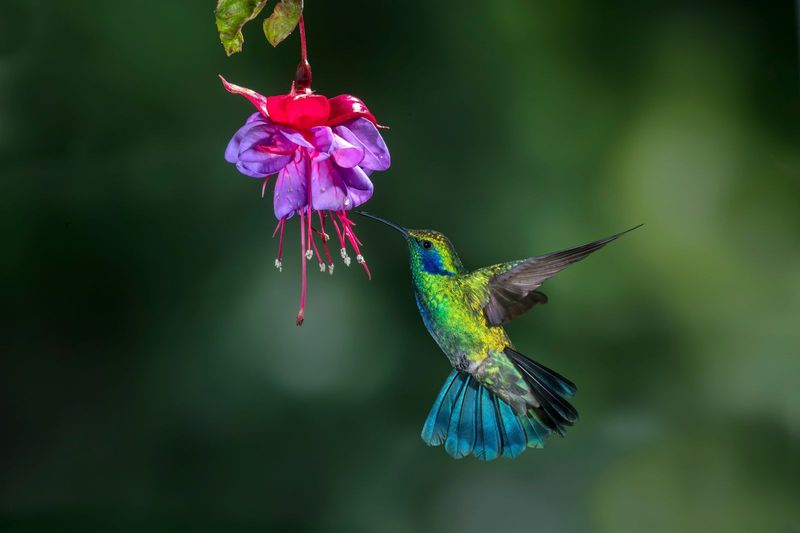
Though small in size, hummingbirds can live surprisingly long lives. The average lifespan is about 3 to 5 years, but some have reached over a decade!
Their tiny hearts beat rapidly, and they consume vast amounts of energy daily. Despite their quick-paced lives, they exhibit remarkable resilience.
6. Hummingbird Species Found In Texas
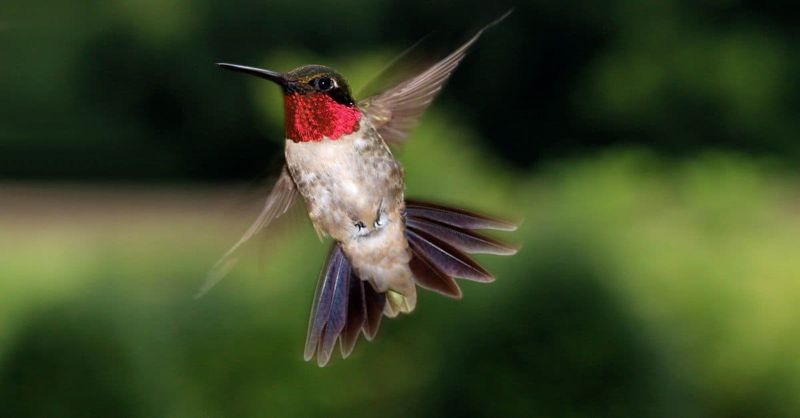
Texas hosts a rich variety of hummingbird species, including the Ruby-throated and Black-chinned. Each species brings its own charm and color to the lush landscapes.
Observing these diverse birds offers a glimpse into the vibrant world of hummingbirds, revealing their unique adaptations and behaviors that make them so captivating.
7. The Role Of Texas In Hummingbird Migration
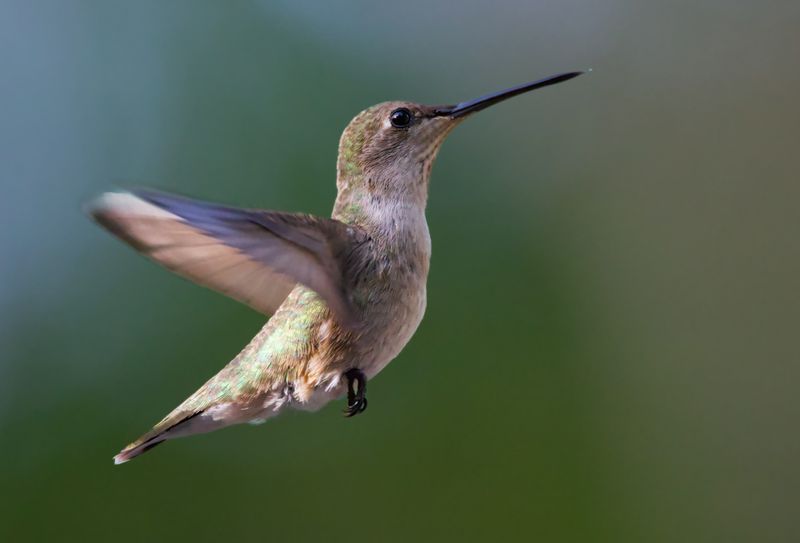
Texas is a pivotal pitstop in the grand migration of hummingbirds. As they journey north, they rely on the state’s resources for rest and refueling.
This central position in the migratory path makes Texas a crucial player in the survival of these birds. Observing their stopover highlights the state’s importance in the hummingbird’s epic journey across continents.
8. Hummingbird Feeding Habits
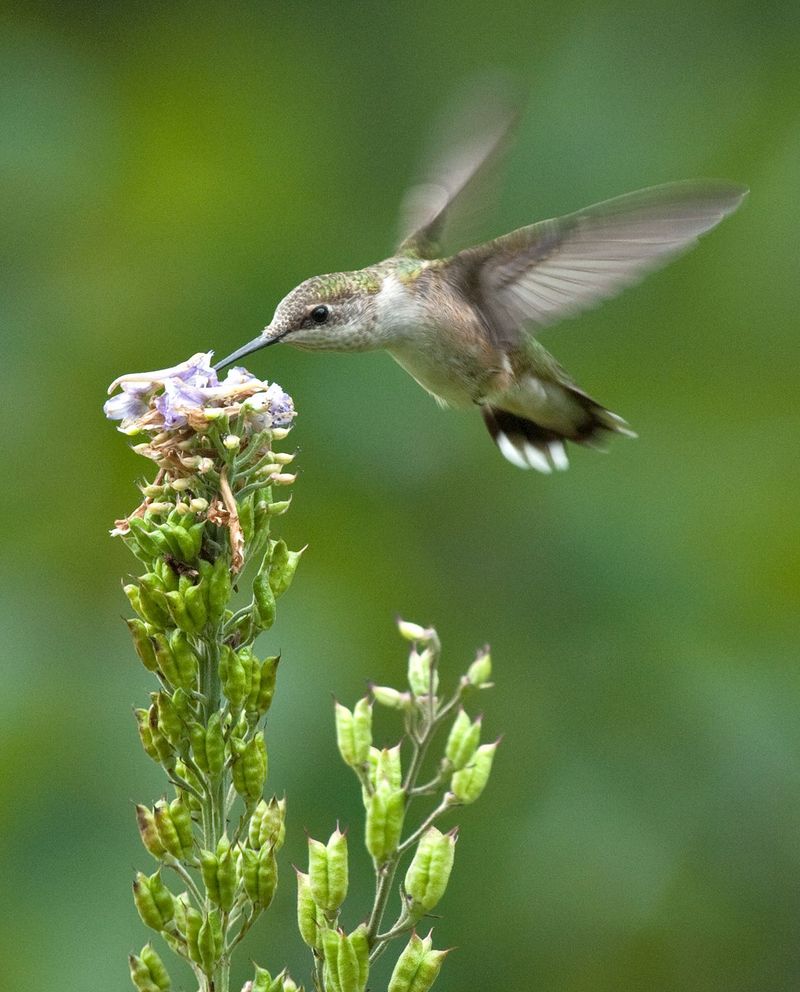
Hummingbirds have a voracious appetite, consuming half their body weight in sugar daily! They sip nectar from flowers using specialized tongues, fueling their energetic lifestyle.
Their diet includes insects and spiders, providing essential proteins. Watching their feeding frenzy offers a glimpse into their dynamic world, where they must feed every 10 to 15 minutes to sustain their energy levels.
9. How Weather Affects Hummingbird Return To Texas
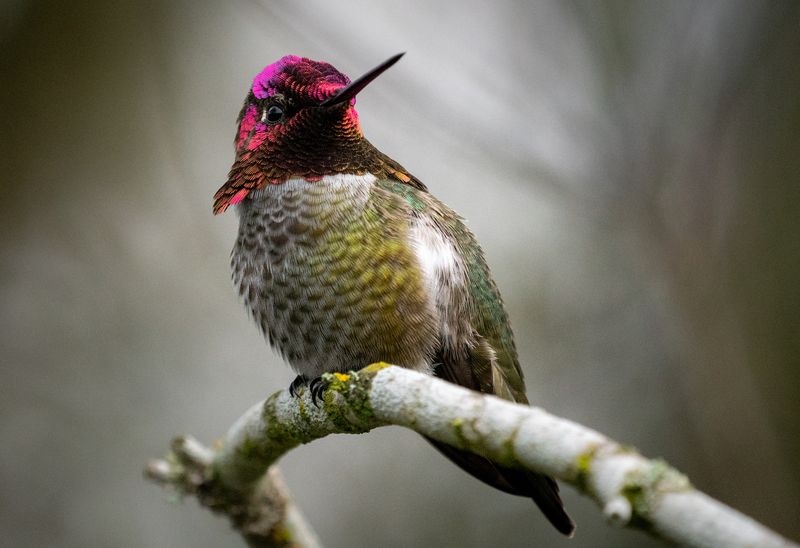
Weather plays a significant role in the return of hummingbirds to Texas. Mild winters and early springs can encourage earlier arrivals, while harsh conditions may delay their return.
These tiny birds are sensitive to climate changes, relying on favorable conditions to make their journey. Understanding these patterns helps enthusiasts predict their arrival and prepare appropriately.
10. Hummingbird Nesting Facts You Should Know
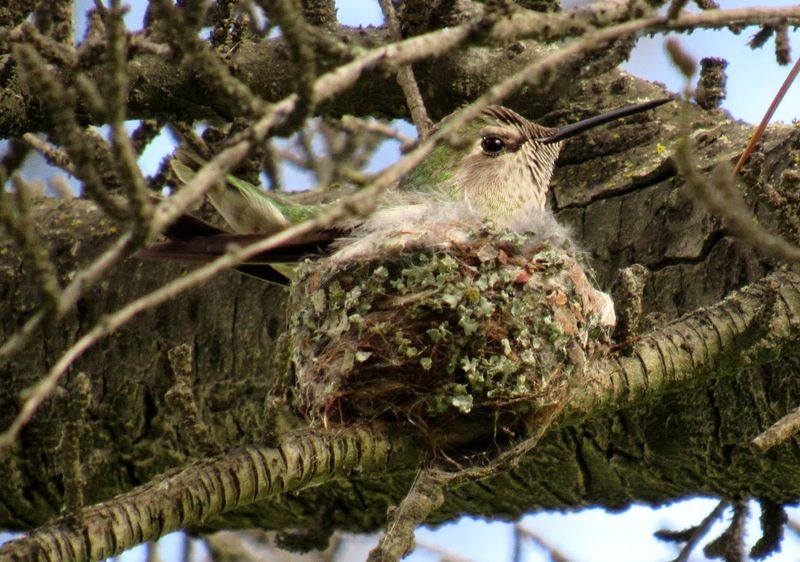
Hummingbird nests are tiny marvels, intricately crafted from spiders’ silk and plant down. They typically house two eggs, about the size of jellybeans.
These nests provide a safe haven for growing chicks, camouflaged in branches. Observing their nesting habits offers insight into their meticulous nature and the care they invest in raising their young.
11. Unique Behaviors Of Hummingbirds
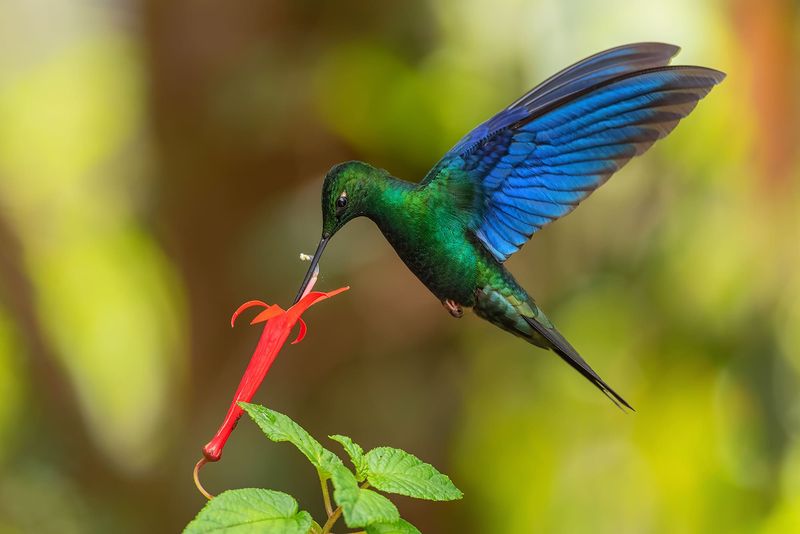
Hummingbirds are known for their dazzling acrobatics. They can hover in place, fly backward, and zip through the air with incredible precision.
These behaviors aren’t just for show; they play crucial roles in feeding and mating rituals.
12. How Hummingbirds Survive The Winter
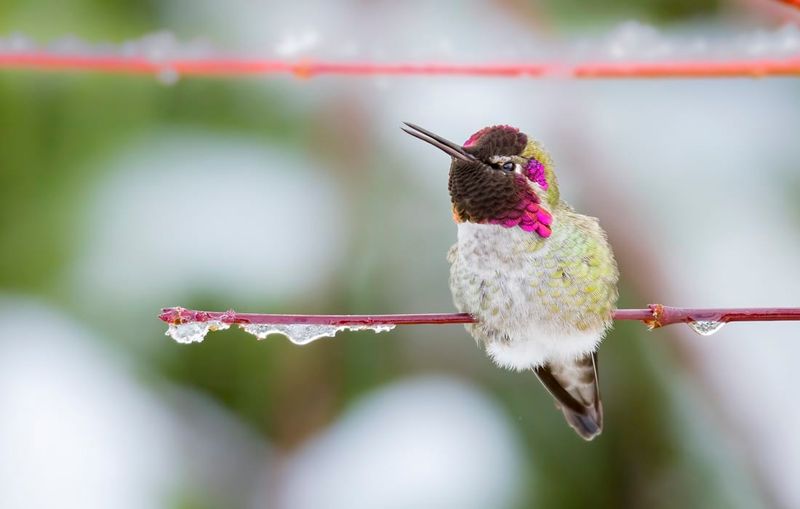
Some hummingbirds brave the winter months by entering a hibernation-like state called torpor. This reduces their metabolic rate, conserving energy. Others migrate to warmer areas.
Their ability to adapt to changing temperatures ensures their survival even in harsh conditions. These strategies highlight their resilience and adaptability, making them fascinating subjects of study.
13. Texas Plants That Attract Hummingbirds
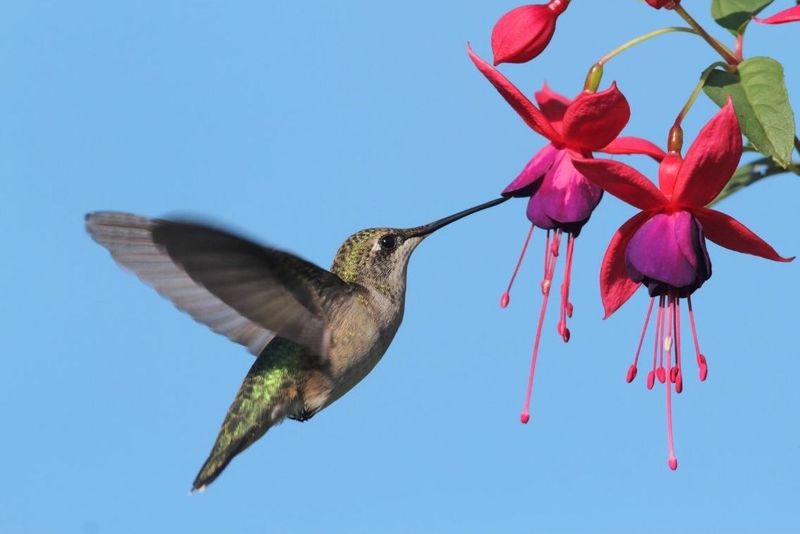
Native Texas plants like Turk’s Cap, Coral Honeysuckle, and Flame Acanthus are hummingbird magnets. These plants offer nectar-rich blooms that provide sustenance.
Planting them creates a vibrant, inviting environment for hummingbirds. This not only beautifies gardens but also supports local ecosystems by attracting pollinators.
14. Why Hummingbirds Are Vital To Ecosystems
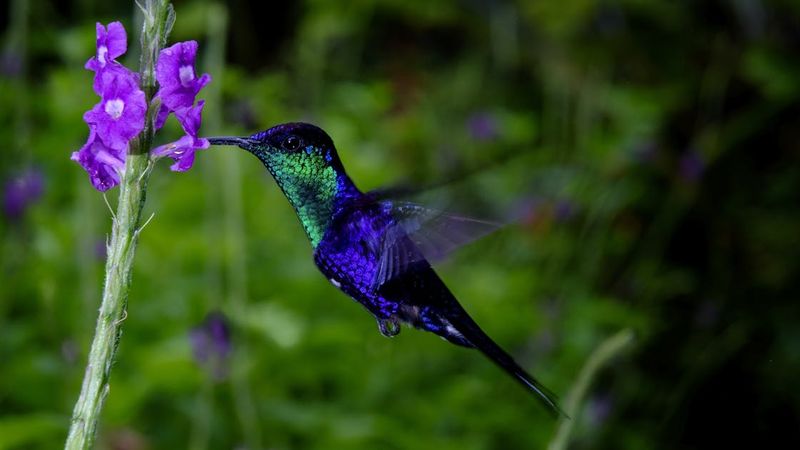
Hummingbirds play a critical role in ecosystems as pollinators. Their interaction with flowers facilitates the reproduction of many plant species.
This not only maintains floral diversity but also supports the food chain for other wildlife. Their presence indicates a healthy environment, showcasing the interconnectedness of nature.


